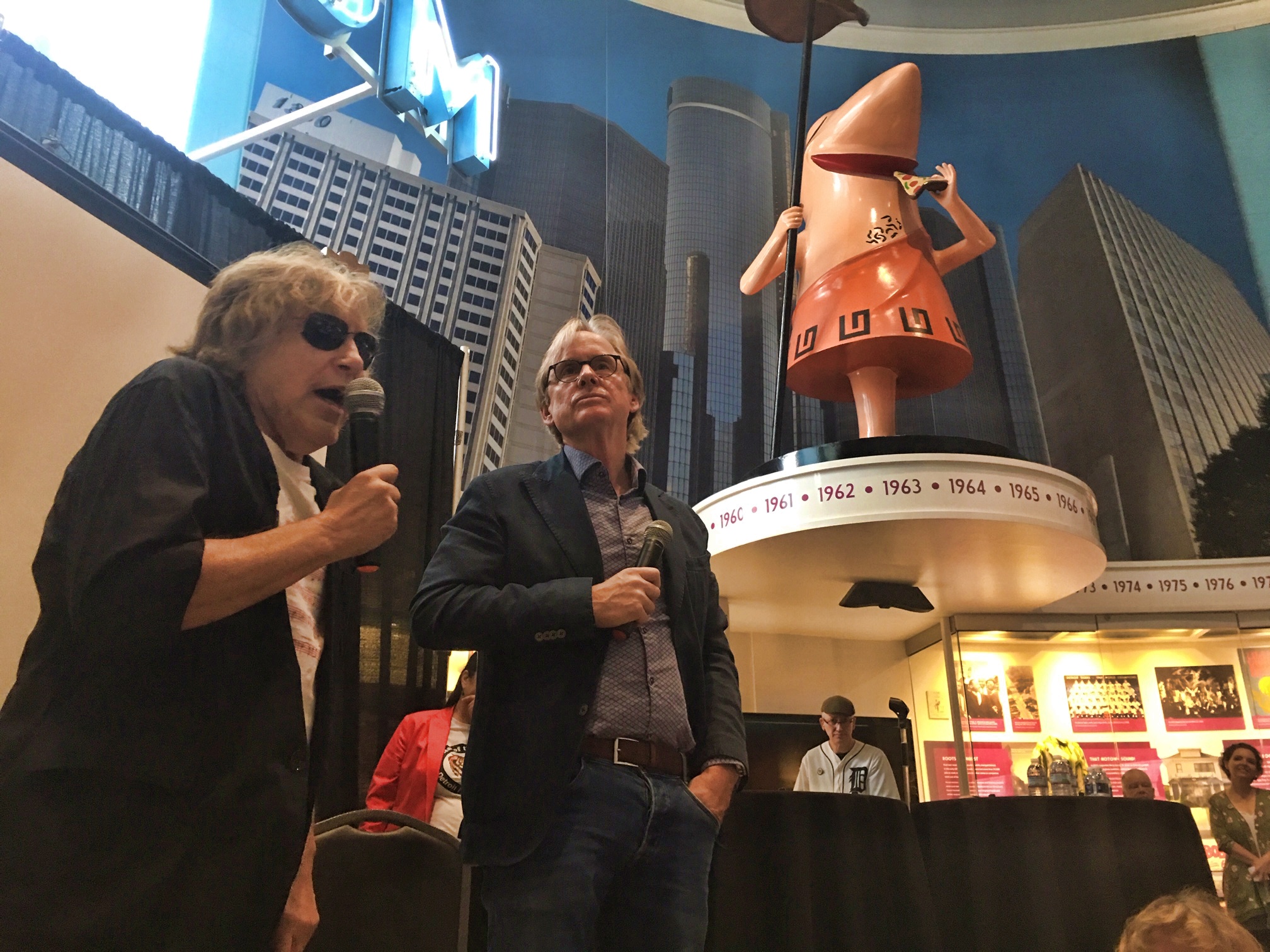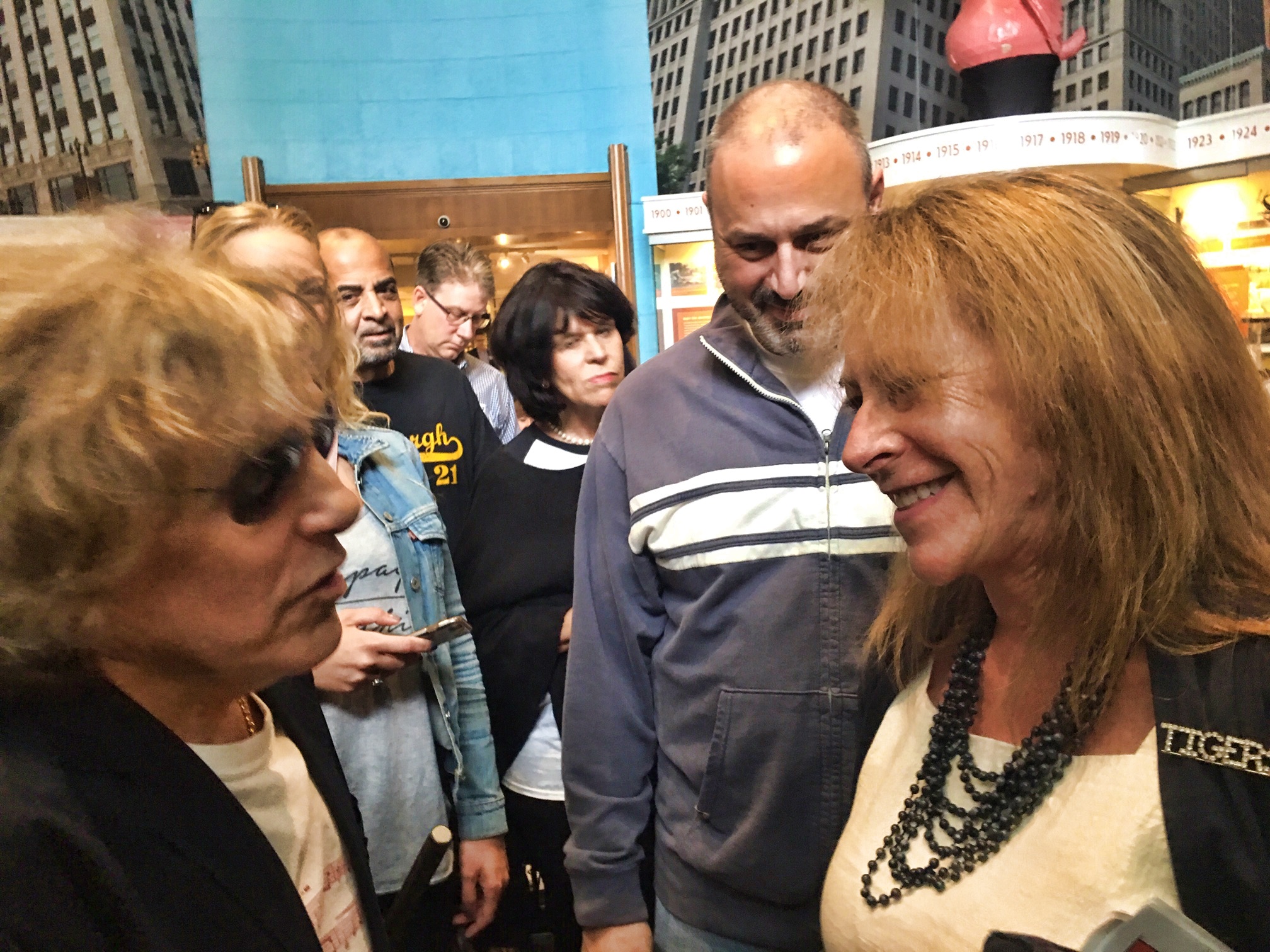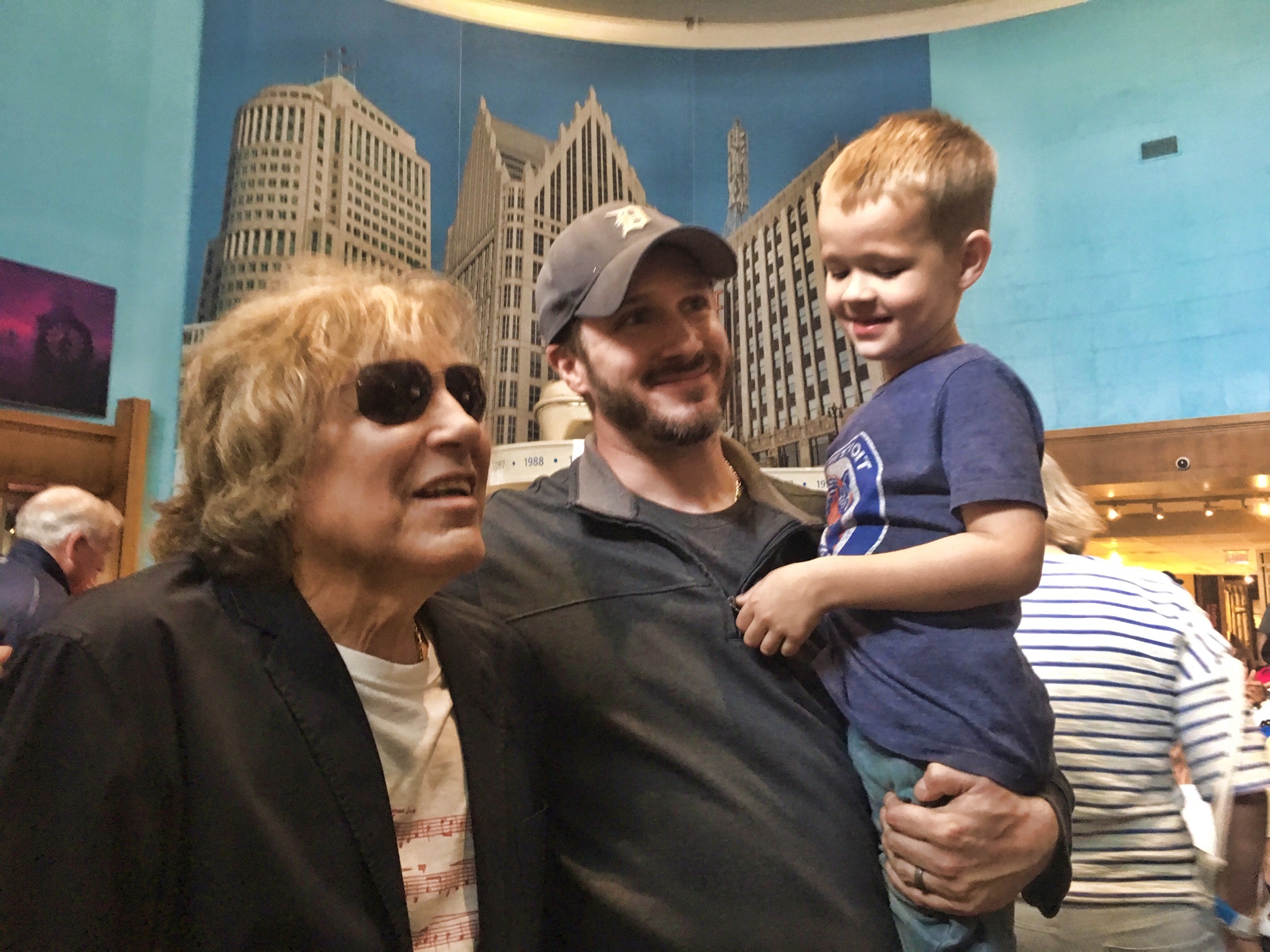DETROIT — As the 2018 World Series between the Los Angeles Dodgers and Boston Red Sox nears to a close of another Major League Baseball season, this year also happens to mark the 50th anniversary of another series that will forever be remembered for legendary singer José Feliciano.
It was 1968. The place, Tiger Stadium, where Feliciano, just 23 years old at the time, stole the show just before Game 5 of the World Series between the Detroit Tigers and St. Louis Cardinals on October 7 with a soulful rendition of the national anthem.
His version set off a firestorm of drama, with complaints to NBC and the Tigers alike, and radio stations across the country yanking his chart-topping singles from the airwaves.
It also happened to be where a 14-year-old Susan Omillian, a huge fan of Feliciano’s who dragged her parents to a shop in the Detroit suburb of Dearborn for his acclaimed album Feliciano!, would become even more enamored by the already iconic singer.
“He got into a lot of trouble and I didn’t understand why, and so what do you do at fourteen and you don’t understand why, you start a fan club,” she told a crowd of Feliciano and Tigers fans at a speaking engagement commemorating the infamous performance at the Detroit Historical Museum in September.
That fan club would lead to the famous singer and teenager from Detroit’s mostly Mexican southwest side to meet, befriend each other and eventually marry (when she was of age, of course).
“I met her at the Fisher Theater, I was doing a show with Curtis Mayfield and I did the show and I met Susan and we became friends when I met her in 1971,” Jose Feliciano tells Latino Rebels. “I [actually] met her twice, [first] in 1970 when she was 16. When she told me she was 16 I said ‘oh, jail bait,’ and she didn’t know what that meant. But anyway, then I met her in 1971 when I was performing at the Fisher Theater for a week.”
It’s those fateful moments that sealed the legendary singer’s connection to the Motor City.
“I love Detroit and I think being married to my wife made me love it even more because she’s from here and I love the city,” Feliciano said.
Last month, when the multi-Grammy award winning Feliciano returned to Detroit, he was joined by his wife and son Jonnie as well as Bill Dow, a longtime Tigers writer, and a standing-room-only crowd of fans of both the team and legendary guitarist.


José Feliciano with writer Bill Dow at the Detroit Historical Museum on September 8, 2018, who both talked about the singer’s infamous rendition of the national anthem during the 1968 World Series. (Photo by Serena Maria Daniels)
The walk down memory lane was followed by Feliciano taking to the stage once more to sing the anthem, again ahead of the Tigers-Cardinals game, this time at Comerica Park (the last pieces of Tigers Stadium were demolished in 2009).
The Detroit trip book ends a legacy that began a year after a days-long race riot set Detroit aflame, killing 43, mostly black Detroiters and exasperated the city’s urban decline.
The United States was at a turning point. Martin Luther King, Jr. and Robert Kennedy had both been assassinated months earlier. Americans were fed up with racial inequality and the Vietnam War alike and uprisings ignited in Washington D.C., Chicago and elsewhere.
The World Series for Detroit meant a needed break from the unrest, even if only momentarily, and for many that came when the Tigers clinched the American League pennant in a suspenseful win against the New York Yankees.
The team would go on to win the World Series against the Cardinals —a cause for more celebration— but it was Feliciano who would steal the show just before Game 5 with his performance.
Iconic Tigers sportscaster Ernie Harwell was asked to select potential singers to perform the national anthem. On his list: Marvin Gaye, Margaret Whiting and José Feliciano.


Cindy Cobb, 61, granddaughter of baseball hall of famer Ty Cobb, is among the crowd to shake Feliciano’s hand at the Detroit Historical Museum on September 8, 2018. (Photo by Serena Maria Daniels)
At the time, Feliciano was a natural pick. His renditions of “Light My Fire” and “Hi-Heel Sneakers” were both climbing the Billboard charts and he had already performed alongside the likes of some of the greats like Frank Sinatra and Curtis Mayfield.
For Feliciano, the gig was just one of many on his packed schedule.
“I didn’t even get to meet Ernie until he picked me up at the airport and I went to the hotel,” Feliciano told the historical museum audience. “I freshened up and got myself ready to come to Tiger Stadium.”
The idea for switching up the anthem style came to Feliciano as more of a way for him express his gratitude to America and to have been blessed with the ability to sing and player guitar for a living, a rarity at the time for a blind person (he himself was born blind).
When he started his performance —more of a folksy, emotive rendition accompanied by his acoustic guitar that by today’s standards would be considered tame— you could hear the boos in the crowd.
“I felt in some ways like a shortstop who had made a terrible throwing error,” Feliciano told the Detroit audience. “I didn’t know why the people were complaining but I did find out of course and they got the wrong idea. First of all, I wasn’t complaining about the country. I wasn’t saying that the anthem was wrong in any way, I was expressing the fact of how proud I felt, and I still do, to be an American from Puerto Rico, to be a Puerto Rican American.”


Kenneth McClellan, 37 and Bradley, 5, of Clinton Township, Michigan, had their “Year of the Tiger ’68” album signed by Feliciano during his appearance at the Detroit Historical Museum on September 8, 2018. (Photo by Serena Maria Daniels)
The tension felt across America seemed to spill out in reaction.
The harsh headlines were swift.
“Is nothing sacred anymore?” read one letter to the editor published in the Detroit Free Press from a reader in Ann Arbor. “One would think that after the negative response occasioned by the somewhat offbeat rendition of our national anthem at the start of the Democratic National Convention that the powers-that-be would have learned a valuable lesson.”
Twenty years later in a 1988 Free Press article, Feliciano says he thought people weren’t as proud of the national anthem as he was.
“It was my way of really doing something for America in the sense that America has done a lot for me. I never knew that my patriotism was going to be misconstrued,” Feliciano told the daily in that 1998 story, which marked the 20th anniversary of his performance.
While that soulful rendition nearly cost him his career, Feliciano found redemption over the years and was even asked to perform the national anthem at other sporting events, including in 2012 before Game 1 of the National League Championship Series between the San Francisco Giants and the Cardinals.
Currently, Feliciano is still performing and working on a documentary about his life. During the speaking engagement in Detroit, a crew was filming him.
And a captive audience in his presence, the legendary singer took the opportunity to croon the crowd in an impromptu performance that seemed remarkably fitting for the occasion.
It was as if 50 years hadn’t passed at all.
***
Serena Maria Daniels is an award-winning freelance journalist based in Detroit, by way of Chicago, by way of Southern California. Her reporting on the intersection of culture, immigration, politics and food can be found in Reuters, NPR’s The Salt, Extra Crispy (a Time publication), Lucky Peach, Chicago Tribune and others. Follow her food and culture exploits on tostadamagazine.com or on Twitter @serenamaria36.


